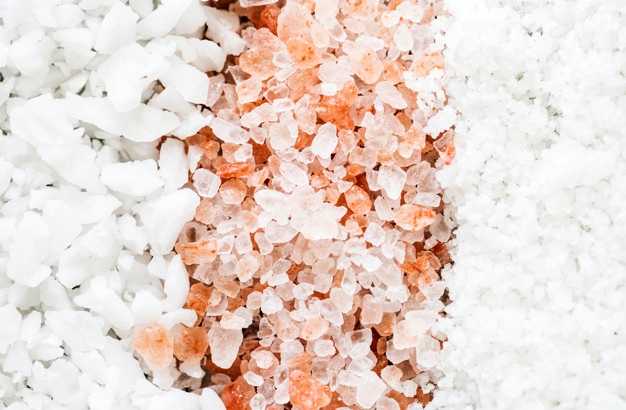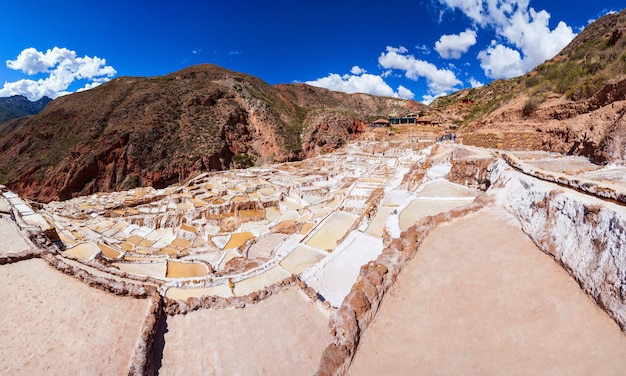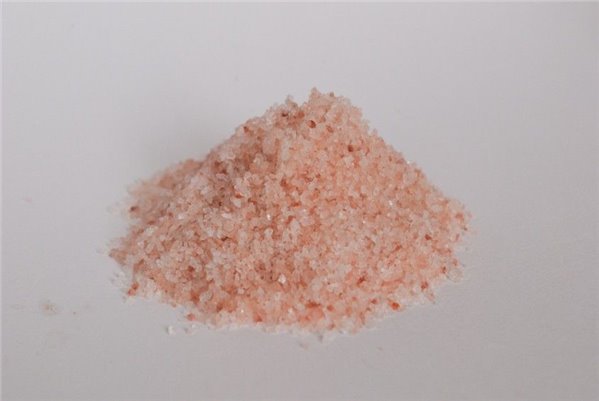
- Readers Rating
- No Rating Yet!
- Your Rating
In recent years, it has become fashionable to consume a type of salt called “Himalayan pink salt” because of its pink colour. There is a lot of talk on the web and food forums about it. Today we tell you about all the benefits and properties of pink Himalayan salt.
Are the benefits of Himalayan pink salt real?
Increased energy levels, regulation of blood pH, reduction of fluid retention and even blood pressure… Many properties have been attributed to Himalayan pink salt, but they are not very different from those of common salt.
Pink salt is a mineral that comes from the Khewra salt mine, located in Pakistan, specifically in the so-called Salt Range, an extension of the Himalayan Mountains. It is one of the purest salt mines in the world, due, among other reasons, to its privileged position near one of the most famous mountains in the world.

As we have told you, it has been attributed various properties and applications, both therapeutic and cosmetic. It is said that as a major source of electrolytes it improves the functioning of the body’s vital systems, but as we have said, these claims are not based on any scientific evidence. The reality, in terms of composition, is that pink salt has no more minerals than common salt. So these benefits are just a marketing strategy to sell Himalayan pink salt at a higher price. In short, if you want to save money, skip the modernity and buy the salt “of a lifetime”. But if what you want is to give a chic touch and a bit of colour to your dishes, use this peculiar salt.
Common salt – benefit or harm?
Much has been said about common salt. So much so that prejudices or stereotypes have been created in relation to it. It is true that its consumption should not be abused… But to what extent should we trust statements such as “salt is fattening” or “I don’t eat salt because I have high blood pressure”?
Table salt is made up of 40% sodium and 60% chloride. Sodium is an essential nutrient that our body does not synthesise and must therefore be incorporated through the diet. It helps maintain plasma volume, basic acid balance and normal cell function, among other things. Sodium is found naturally in foods such as milk, meat and seafood. However, it can also be found in large amounts in processed foods such as bread, condiments and sauces.
The increase in consumption of ultra-processed products has also increased our salt intake. These foods are not only high in trans fats and sugars, but also in salt. If these foods become the basis of our diet, they will also become our main source of sodium. This is the main harm we can find in salt, but not specifically in table salt, but in salt that is linked to the consumption of ultra-processed foods.

In the end, in a context in which our diet is varied and balanced, rich in fruit and vegetables, where the consumption of ultra-processed foods is very occasional, the common table salt used to dress our dishes is not a problem. On the other hand, if our diet is based on ultra-processed foods, sodium imbalances in our bodies could lead to changes in blood pressure.
High consumption of ultra-processed foods, and therefore of sodium or salt, leads to insufficient potassium absorption, which helps to increase high blood pressure and the risk of heart disease and stroke. On the other hand, if we do not consume as much salt as our body needs, we may incur problems such as decreased insulin sensitivity, altered lipids or increased cardiovascular risks. To read more about this issue, click here.
The World Health Organisation (WHO) recommends consuming less than 5 grams of salt per day. However, the maximum recommended intake for adults is set according to energy needs. It is also advised that the salt consumed should be iodised, i.e. “enriched” with iodine. This is essential for pregnant women, the healthy brain development of the foetus and the young child, as well as for optimising mental functions in general.
In short, the key to salt consumption is to find the right balance. We should try to ensure that our body’s sodium intake comes from common or table salt (or pink Himalayan salt if you prefer) and not from salt contained in ultra-processed foods. Don’t let the salt fever affect you, give flavour to your dishes, but always in moderation.
You already know that in mentta you can find all kinds of products to make your online purchase. We have all kinds of seasonings and also salts; and as we are attentive to the trends in the world of food, we have several brands of pink salt. What are you waiting for to get yours?

